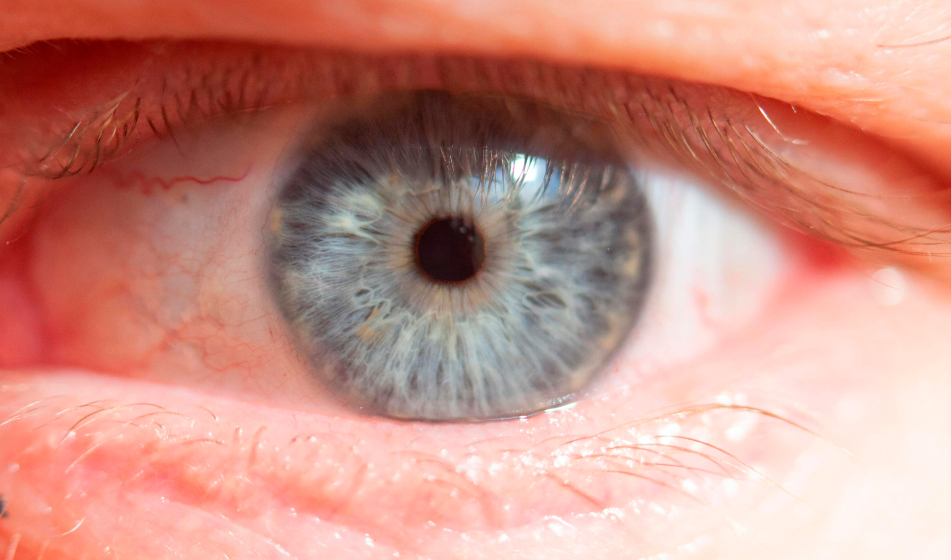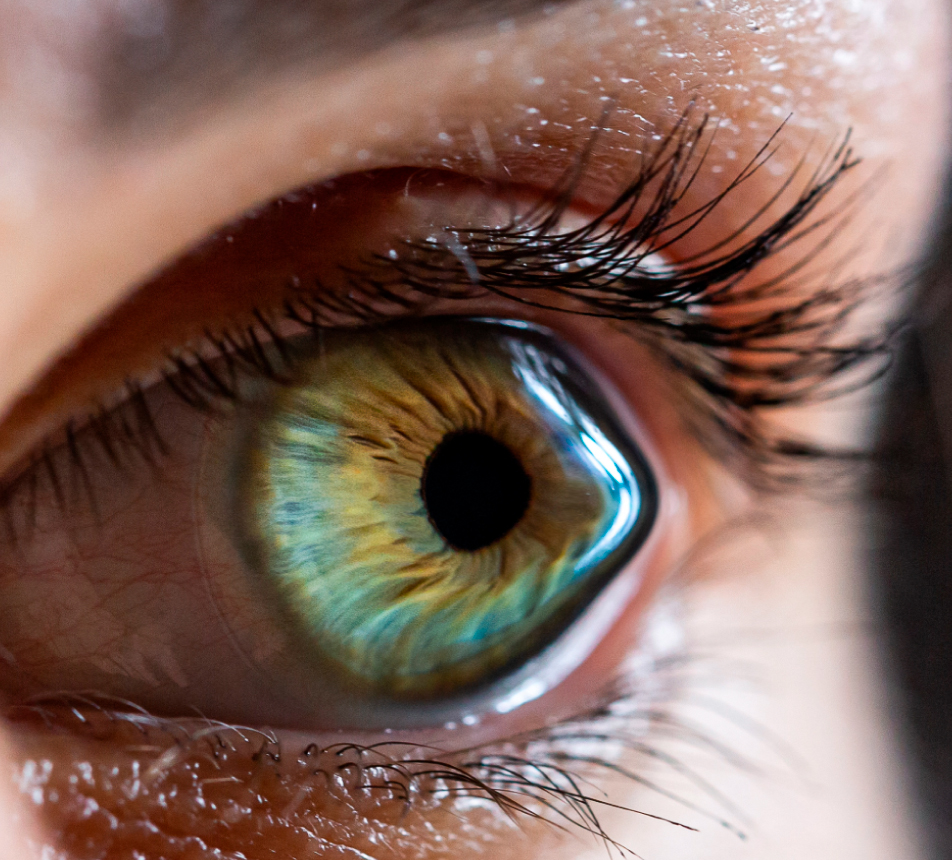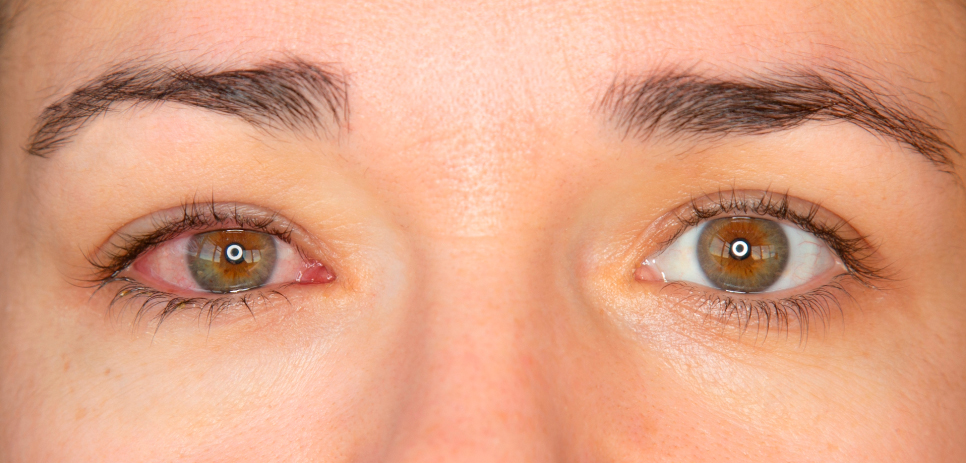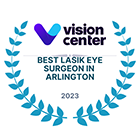Corneal Conditions and Treatments
The cornea, the clear, outer layer of the eye, plays a crucial role in focusing light and maintaining clear vision. When this essential tissue is affected by disease, injury, or infection, vision can become blurred or impaired. At Silk Vision, we specialize in diagnosing and treating various corneal conditions using cutting-edge techniques tailored to each patient’s needs.
Corneal Diseases We Treat

Fuchs’ Dystrophy:
This progressive disease affects the innermost layer of the cornea, leading to swelling and cloudy vision. Left untreated, Fuchs' Dystrophy can result in significant vision loss.
Treatments include medications to reduce corneal swelling and, in advanced stages, corneal transplants such as DMEK (Descemet Membrane Endothelial Keratoplasty) or DSEK (Descemet Stripping Endothelial Keratoplasty), both of which selectively replace the damaged layers while preserving healthy tissue for faster recovery.
Pseudophakic Bullous Keratopathy
A condition that can arise after cataract surgery, causing corneal swelling and blistering. For patients affected by this, corneal transplants may be necessary to restore vision.


Keratoconus:
A degenerative condition where the cornea thins and bulges into a cone shape, leading to distorted vision. In early stages, specialized contact lenses can help.
For advanced keratoconus, Silk Vision offers multiple treatment options, including Intacs, which are small, crescent-shaped corneal implants that help flatten the cornea, improving its shape and reducing vision distortion.
Another effective option is corneal cross-linking, a minimally invasive treatment designed to strengthen and stabilize the cornea, preventing further deterioration.
Both treatments can be used separately or together depending on the severity of the condition. In severe cases where these treatments are insufficient, a corneal transplant may be necessary.
Advanced cases with significant corneal thinning may also benefit from a combined approach involving cross-linking and Intacs, followed by specialized contact lenses or transplant options such as DALK (Deep Anterior Lamellar Keratoplasty).
Corneal Scarring:
Trauma, infections, or previous surgeries can lead to corneal scarring, which clouds the cornea and impairs vision.
Surgical options, such as DALK, replace only the damaged outer corneal layers, preserving the healthy inner layers, thus minimizing rejection risks while restoring clarity.


Corneal Transplantation
Corneal transplants replace damaged or diseased tissue with healthy donor corneal tissue. Silk Vision offers a variety of advanced techniques to suit individual patient needs:
- DMEK (Descemet Membrane Endothelial Keratoplasty):
A minimally invasive procedure that replaces the innermost layers of the cornea with donor tissue. DMEK offers faster recovery and lower rejection risks than other transplant techniques. - DSEK (Descemet Stripping Endothelial Keratoplasty):
This procedure also focuses on replacing the inner corneal layers, particularly beneficial for patients with conditions such as Fuchs' Dystrophy, offering a relatively short recovery period. - PK (Penetrating Keratoplasty):
A full-thickness corneal transplant in which the entire cornea is replaced. PK is often reserved for severe corneal diseases, though the recovery time is longer compared to partial transplants. - DALK (Deep Anterior Lamellar Keratoplasty):
This procedure replaces only the outer layers of the cornea, preserving the healthy inner layers. DALK is particularly effective for keratoconus and corneal scarring patients, offering strong outcomes with reduced risk of rejection.
Frequently Asked Questions
Recovery times vary depending on the type of transplant. Partial transplants such as DMEK and DSEK can heal within a few weeks, while full transplants like PK may take several months. Proper post-surgical care, including medications and follow-up visits, is crucial to ensure successful healing.
Modern procedures like DMEK and DSEK boast high success rates. However, as with any surgery, there are risks, including infection or rejection of the donor tissue. Adhering to post-operative care instructions significantly reduces these risks.
Surgery is typically considered when corneal diseases, such as Fuchs' Dystrophy or keratoconus, progress to the point where vision is significantly impaired. After a comprehensive evaluation, your doctor will recommend the most appropriate treatment plan, which may start with non-surgical treatments.
Conservative treatments, such as special contact lenses or medications, can manage symptoms of some corneal conditions. For keratoconus, treatments such as Intacs or corneal cross-linking offer effective alternatives that can halt the progression of the disease, often delaying or even avoiding the need for a corneal transplant in many cases.











.png)

